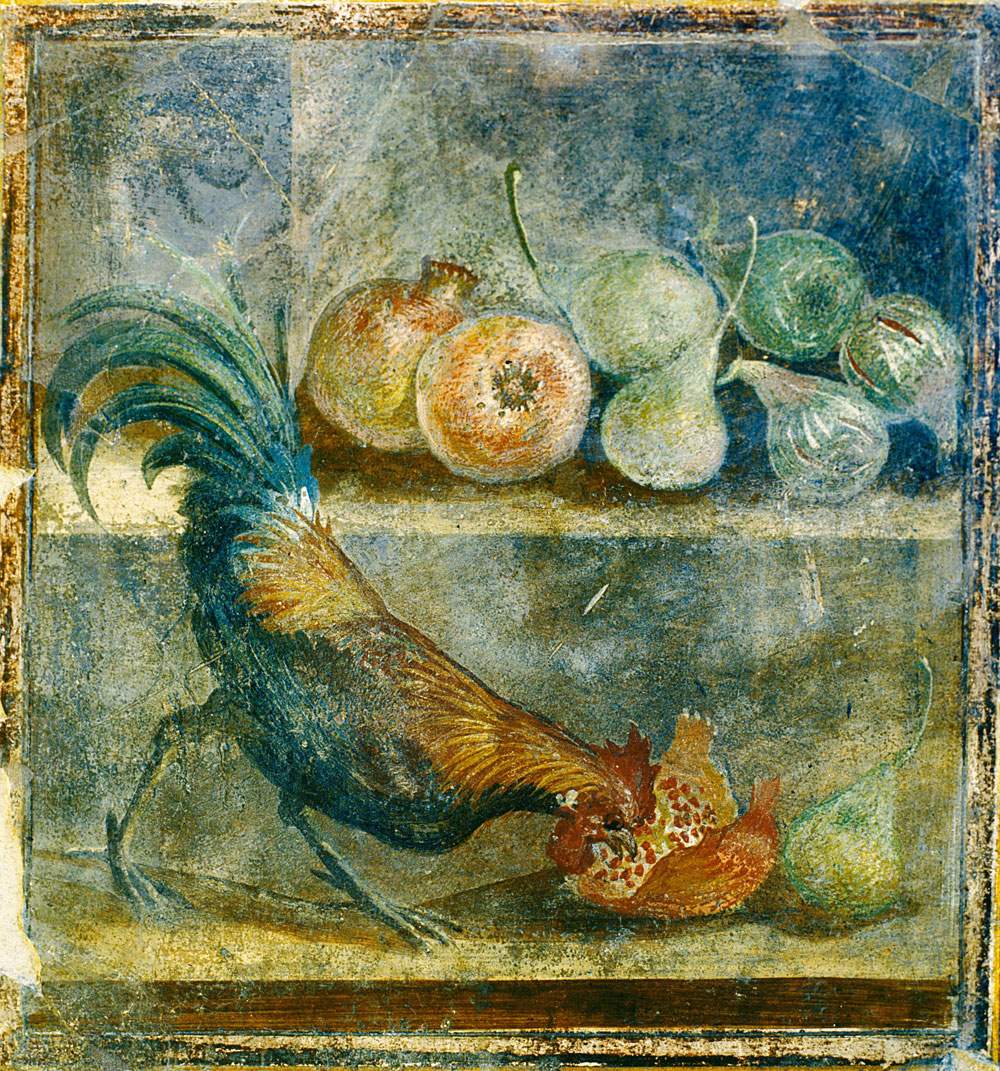From July 25, 2019 to January 12, 2020, theAshmolean Museum of Art and Archaeology in Oxford will present to the public the exhibition Last Supper in Pompeii, curated by Paul Roberts and supported by Intesa Sanpaolo.
More than 300 archaeological finds, some recently discovered, will be on display, including everyday objects, utensils, vases, and even charred food remains preserved from the ashes of the volcano; as well as mosaics and treasures from the Archaeological Park of Pompeii and Paestum, the National Archaeological Museum in Naples, the British Museum, the Archaeological Museum in London, and private collections.
The intent of the exhibition is to let visitors discover, as in a photograph from the time of the eruption of Vesuvius, the daily life of the ancient Romans, from cultivated fields to taverns, from emporia to triclinia, from kitchens to places of worship.
The exhibition explores how the Romans inherited their culinary ideas from other cultures: the use of food in religious settings was influenced by the Greeks, Etruscans and other peoples of Italy. Recent discoveries in the surroundings of Pompeii, at the sanctuary of Fondo Iozzino, have revealed the presence ofEtruscan settlements there as well. The Etruscans offered food and wine to the gods to worship them and left all kinds of kitchen and table utensils in the tombs.
The Greeks decorated tomb panels with scenes depicting food and drink, and terracotta food offerings, such as cheese, bread, pomegranate, grapes, and almonds, have been found in tombs. In Pompeii, remains of food offerings to Lari have been found, such as nuts, fruit, eggs, and animal bones.
In addition, images of Roman banquets, particularly triclini, have been found in the dwellings of Pompeii’s wealthiest inhabitants . The setting of a Pompeian dining room with frescoes will be recreated in the exhibition, and beautiful mosaics, silver tableware and precious furniture will be shown.
Stefano Lucchini, Chief Institutional Affairs and External Communication Officer Intesa Sanpaolo commented, “The collaboration, which has lasted for several years, with Oxford University, an institution recognized among the best in the world in the field of research and education, represents one of the most qualifying partnerships for Intesa Sanpaolo. Thanks to it, Intesa Sanpaolo and its managers - as well as deserving young students - have the opportunity to increase their skills in a place historically devoted to knowledge and in-depth study. A bond that today is enriched with new meaning with our support for an exhibition that recounts the daily life of the ancient Romans and offers a remarkable scientific contribution to the dissemination of Italian history and culture, starting with archaeological discoveries, including recent ones. It is further evidence of how art and culture are an integral part of our operations as a Bank, an aspect that is not overlooked even in such an important collaboration, one of the most extensive established so far by Intesa Sanpaolo with foreign universities.”
For info: www.ashmolean.org
Image: Fresco depicting a cockerel pecking figs, pears and pomegranates (45-79 AD, Pompeii, House of the Casti Amanti), 55 x 52 cm; Pompeii Archaeological Park.
 |
| An exhibition at Oxford's Ashmolean Museum examines the culinary habits of the Pompeians |
Warning: the translation into English of the original Italian article was created using automatic tools. We undertake to review all articles, but we do not guarantee the total absence of inaccuracies in the translation due to the program. You can find the original by clicking on the ITA button. If you find any mistake,please contact us.